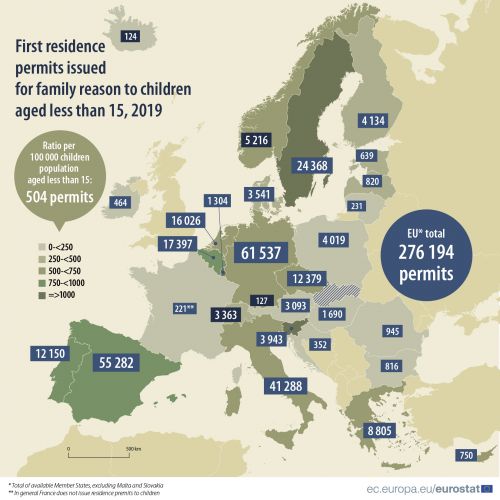Archive:Labour market in the light of the COVID 19 pandemic - quarterly statistics
The beginning of 2020 was marked by an outbreak of the worldwide pandemic COVID-19, leading almost all governments around the globe to take restrictive measures, of which social distancing had a pivotal role. To prevent the spread of the virus and to ensure distancing of people, many businesses were temporarily shut down and many employed people confined to their homes.
As an outcome, the health crisis strongly affected the economic life and the labour market. The lock-down and other health-related measures implied a slowdown of the business activity. The consequences on the labour market may be considerable, among others: people may have lost their employment, hiring of staff could have been cancelled or frozen, unemployed people may have made a break in their job search for family reasons, employed people may have reduced their working hours or simply stopped working for a time.
This online publication contains articles on the impact of the COVID-19 pandemic on the labour market, showing quarterly data from the Labour Force Survey (LFS). Its aim is to report on some specific aspects of the labour market that may have been impacted, such as the labour market slack, which refers to all unmet needs for employment (including the unemployment), the employment, the absences from work and the number of hours worked before and during the crisis. An additional article is dedicated to the methodological issues of sample size and non-response in the LFS quarterly data collection.
The current version of the articles focuses on the first three quarters of 2020. In April 2021, the articles will be updated to also include data from the fourth quarter of 2020.
Table of contents
1. Labour market slack
2. Absences from work
3. Weekly absences from work
4. Hours of work
5. Hours of work in detail
6. Employment
7. Employment in detail
8. Recent job starters and leavers
9. Sample size and non-response
Presentation of the labour market in the EU - first quarter 2020
